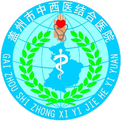Integration of Traditional Chinese and Western Medicine
Gai Zhou Integrated Traditional Chinese and Western Medicine Hospital
Acupuncture has a long history, evolving from stone needles to steel needles, silver needles, electric needles, and now to today’s pulsed acupuncture. Throughout this evolution, many stories have emerged, but the principles of treating diseases have remained unchanged.Acupuncture primarily treats diseases based on the study of the human meridian system.The human body consists of twelve primary meridians and thirty-two collaterals, connecting the internal organs and the skin, permeating the entire body.Traditional Chinese Medicine (TCM) teaches that when there is smooth flow, there is no pain; when there is pain, there is obstruction. By using acupuncture to open the meridians, it regulates Qi and blood, balances Yin and Yang, adjusts the nervous system, relaxes the nerves, and achieves anti-inflammatory and analgesic effects, as well as promoting blood circulation and resolving stasis.
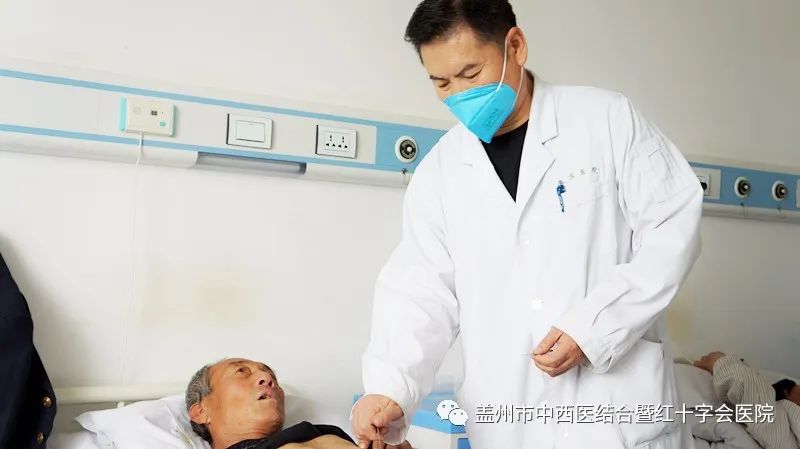
Acupuncture is a unique method of treating diseases in China. It is a form of “external treatment for internal diseases.” It utilizes the conduction effects of meridians and acupoints, along with specific techniques, to treat diseases throughout the body. In clinical practice, TCM diagnostic methods are used to identify the cause of the disease, find the key points, differentiate the nature of the condition, and clarify which meridian and organ are affected, determining whether it belongs to the exterior or interior, cold or heat, deficiency or excess. A corresponding acupoint prescription is then made for treatment. This aims to open the meridians, regulate Qi and blood, restore relative balance of Yin and Yang, and harmonize organ functions, thereby preventing diseases. Acupuncture therapy is part of the heritage of traditional Chinese medicine and is a unique ethnic medical method in our country. For thousands of years, it has made outstanding contributions to safeguarding health and promoting the nation, and it continues to fulfill this role, earning the trust of the general public.
First Generation Acupuncture: Silver Needle Acupuncture
With a history of over 2,500 years, it primarily involves needling acupoints and then applying various techniques such as rubbing, twisting, and tapping, which generate a pulse in the body. This pulse travels through the body’s meridians, achieving the effects of unblocking the meridians, balancing Yin and Yang, supporting the body’s vital energy, expelling pathogenic factors, and promoting blood circulation and resolving stasis, thus achieving therapeutic effects.

Second Generation Acupuncture: Electric Acupuncture
Scientific validation shows that adding electric current to the needles enhances the pulsing effect of acupuncture, making it more convenient for hospitals with many patients, thus avoiding the traditional method of needing to twist the needles every few minutes. When the needles are electrified, they can vibrate automatically, replacing traditional manual techniques. However, the electric current can damage the epidermal cells, leading to pain from the needle insertion, and has limited penetration.
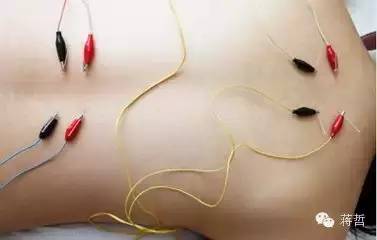
Third Generation Acupuncture: Pulsed Acupuncture
Medium to high frequency is converted from bioelectric current into pulses, forming many invisible needles that can penetrate 1.2 to 2.4 cm into the skin, unblocking meridians and promoting blood circulation and resolving stasis. It also simulates the five major techniques of TCM (tapping, striking, twisting, kneading, pressing), making it more effective for treating bodily pain, significantly shortening treatment duration, and avoiding the pain associated with needle insertion. This method is widely used in rehabilitation departments of major hospitals.

Functions
Unblocking Meridians The function of unblocking meridians is to allow obstructed meridians to function normally, which is the most basic and direct therapeutic effect of acupuncture. Meridians “internally connect to the organs and externally connect to the limbs,” with the primary physiological function being the circulation of Qi and blood. When meridians are obstructed, the flow of Qi and blood is hindered, clinically manifesting as pain, numbness, swelling, and bruising. Acupuncture selects appropriate acupoints to ensure smooth meridian flow and normal Qi and blood circulation. Balancing Yin and Yang The function of balancing Yin and Yang in acupuncture is to transform the body from a state of Yin-Yang imbalance to a balanced state, which is the ultimate goal of acupuncture treatment. The mechanisms of disease occurrence are complex, but can generally be summarized as an imbalance of Yin and Yang. The function of acupuncture in balancing Yin and Yang is achieved through the Yin-Yang attributes of the meridians and the combination of acupoints. Supporting Vital Energy and Expelling Pathogens The function of acupuncture in supporting vital energy and expelling pathogens is to assist the body’s vital energy and eliminate pathogenic factors. The process of disease occurrence, development, and resolution is essentially a struggle between the vital energy and pathogens. The therapeutic effect of acupuncture lies in its ability to exert this function of supporting vital energy and expelling pathogens.
What diseases can acupuncture treat?
1. Diseases such as cervical spondylosis, lumbar spondylosis, shoulder periarthritis, and osteoarthritis;
2. Effective treatment for gynecological diseases such as cold in the uterus;
3. Effective for respiratory diseases with immediate results;
4. Effective for gastrointestinal diseases with targeted needling;
5. Good for treating neuromuscular and skeletal system diseases;
6. Significant effects in controlling and treating hypertension, diabetes, and cardiovascular diseases;
Of course, acupuncture can treat a wide range of diseases, including kidney inflammation, hepatitis, and other diseases of the internal organs. The acupuncture rehabilitation department has analyzed the efficacy of treatments on 1,000 patients and found that electronic acupuncture has distinct advantages for certain diseases:
1. Convenient to use; apply where it hurts, unaffected by the environment, operable by both professionals and non-professionals;
2. No need to break the skin, preventing cross-infection;
3. Strong penetration, with multiple techniques overcoming the limitations of traditional acupuncture methods, which are few and difficult to control in strength;
4. Safe to use, suitable for various populations. In the future, our hospital will also provide guidance on how friends unfamiliar with acupuncture can use electronic acupuncture for treatment at home.
Integration
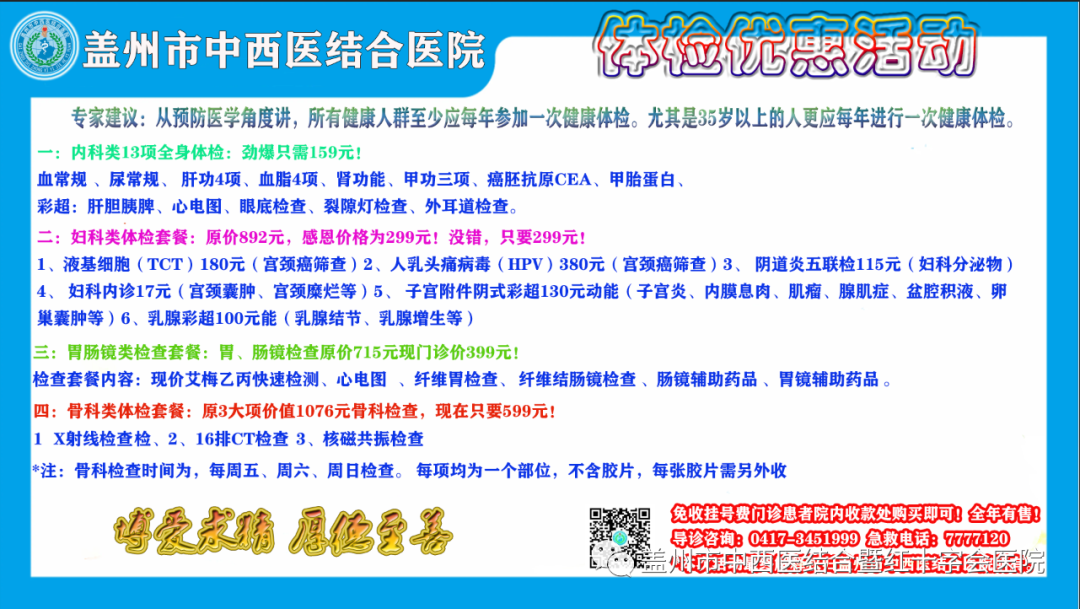
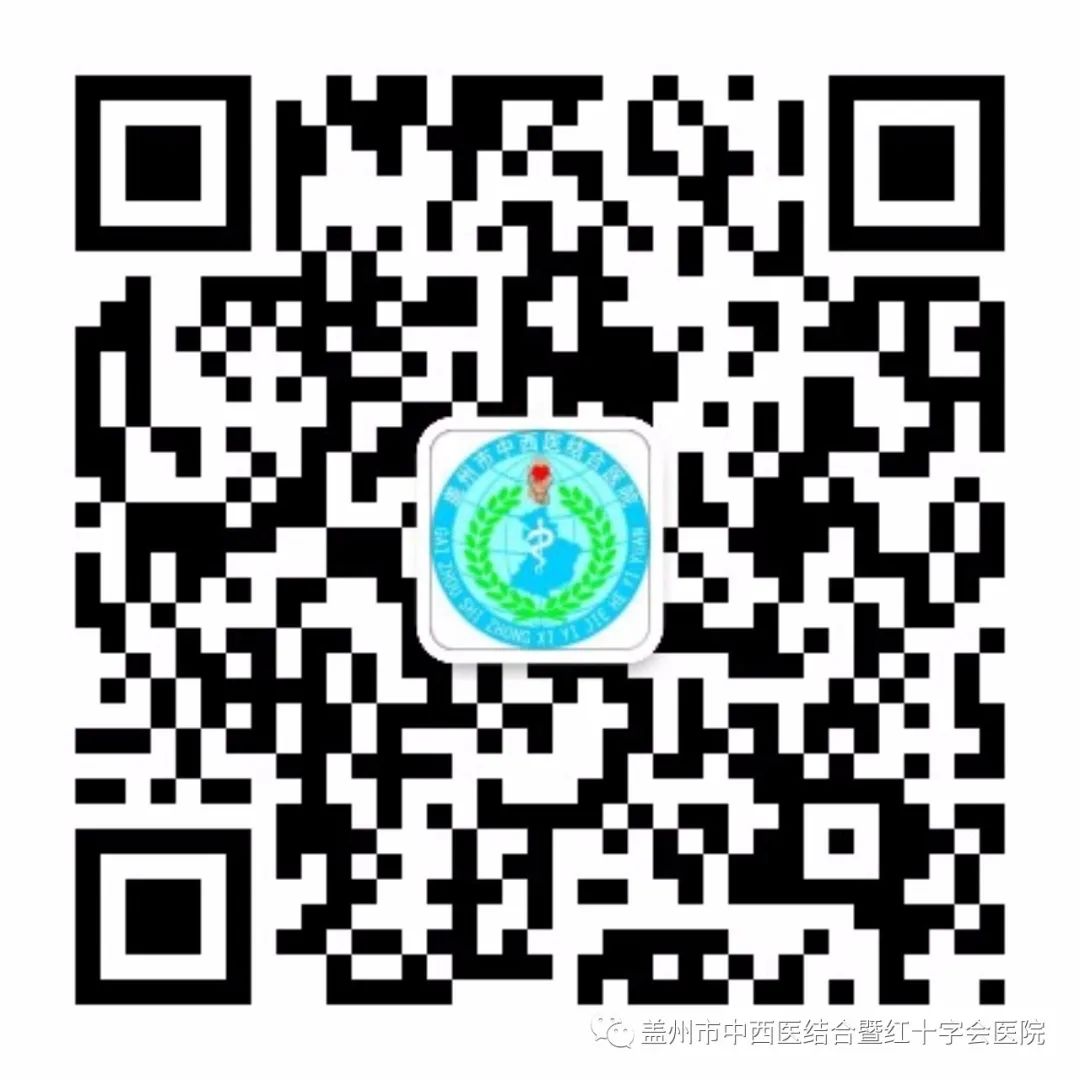
Long press to identify the QR code to follow us
Emergency contact: 7777120
Hospital

